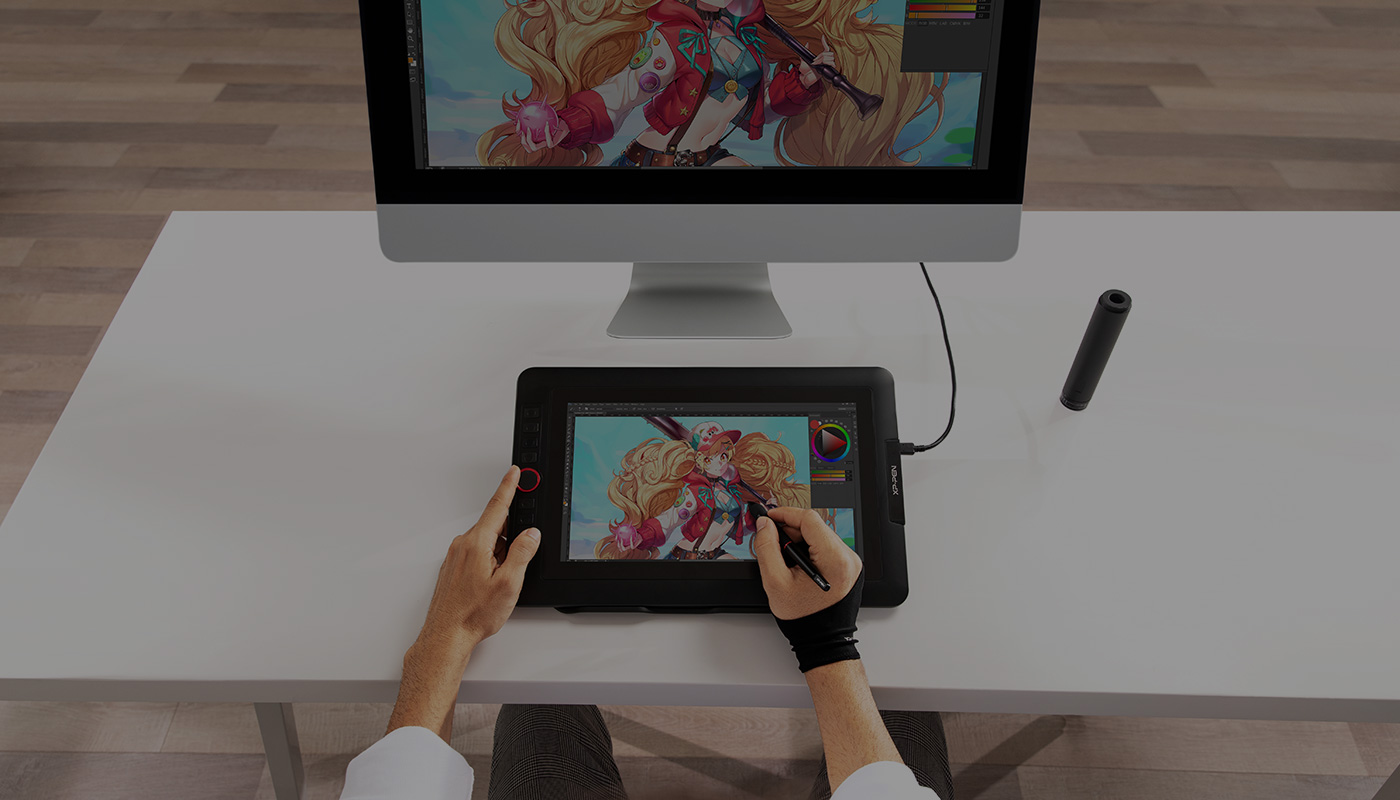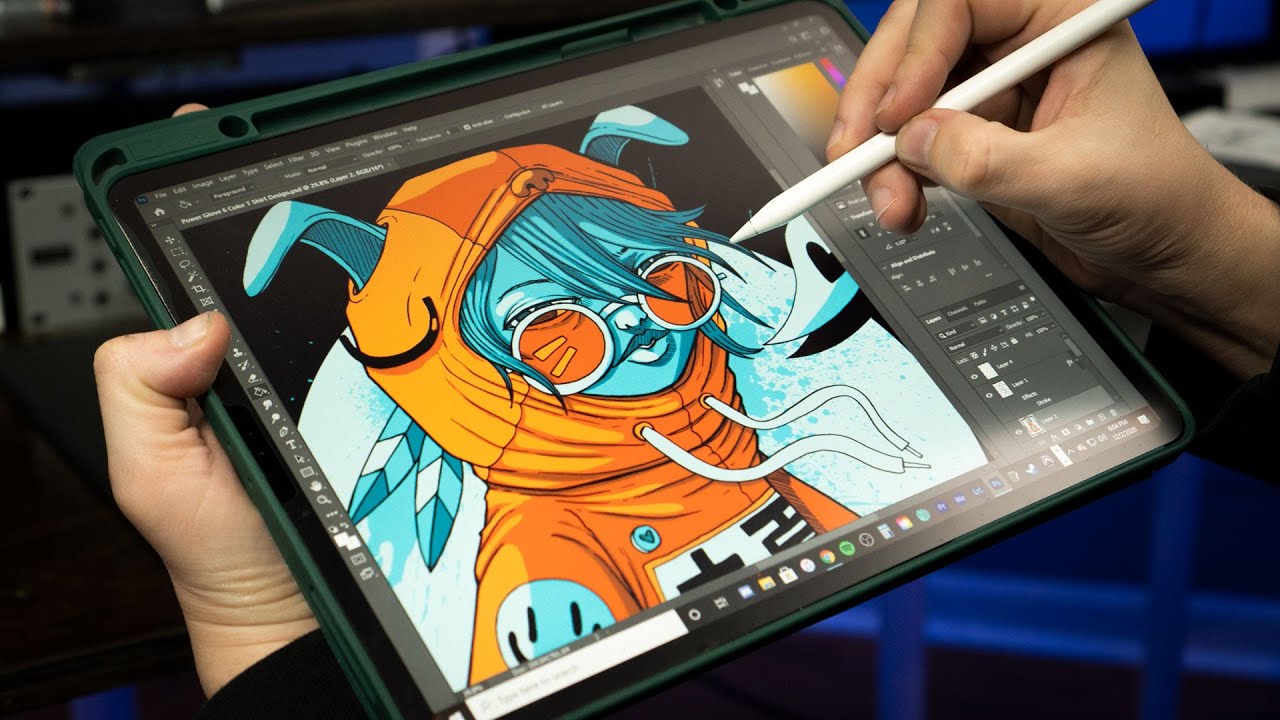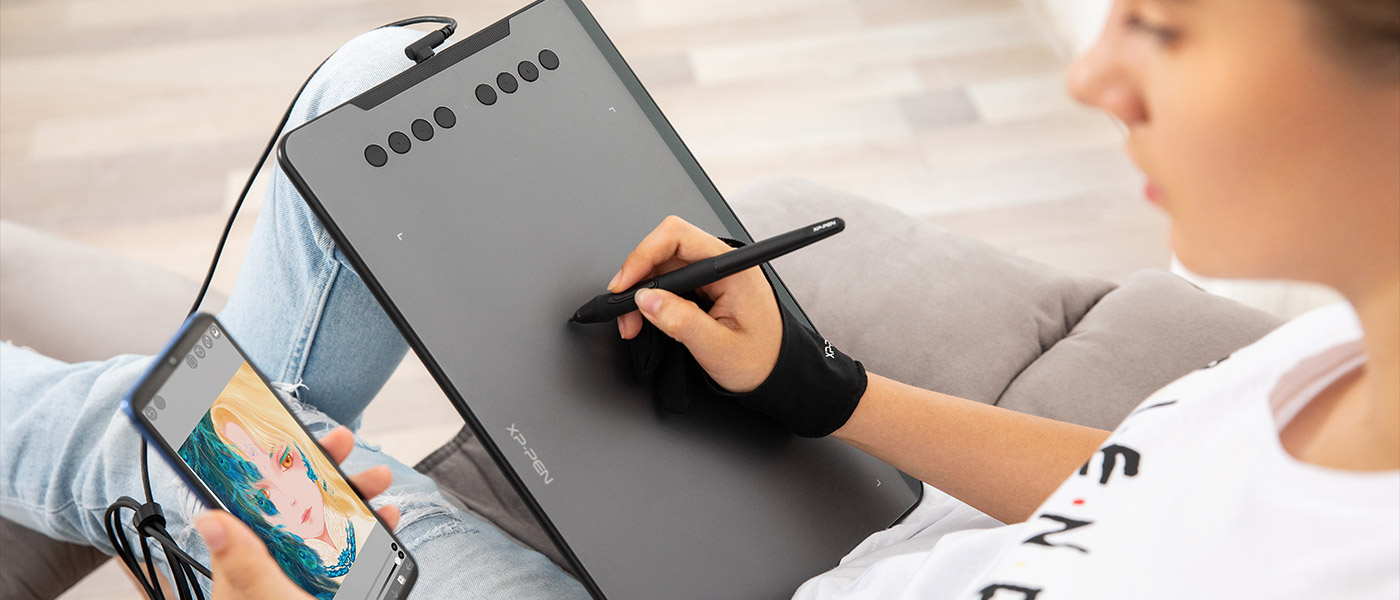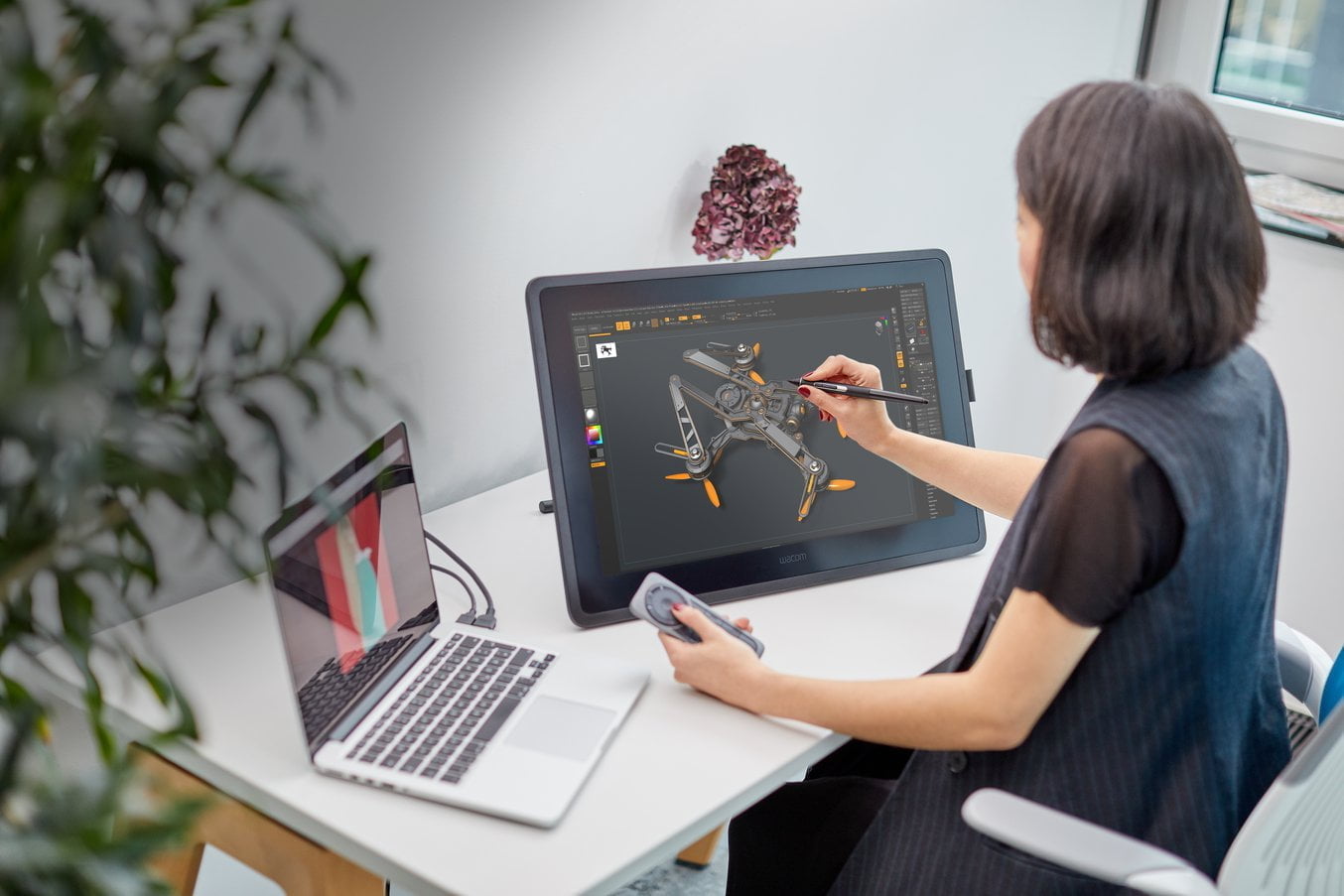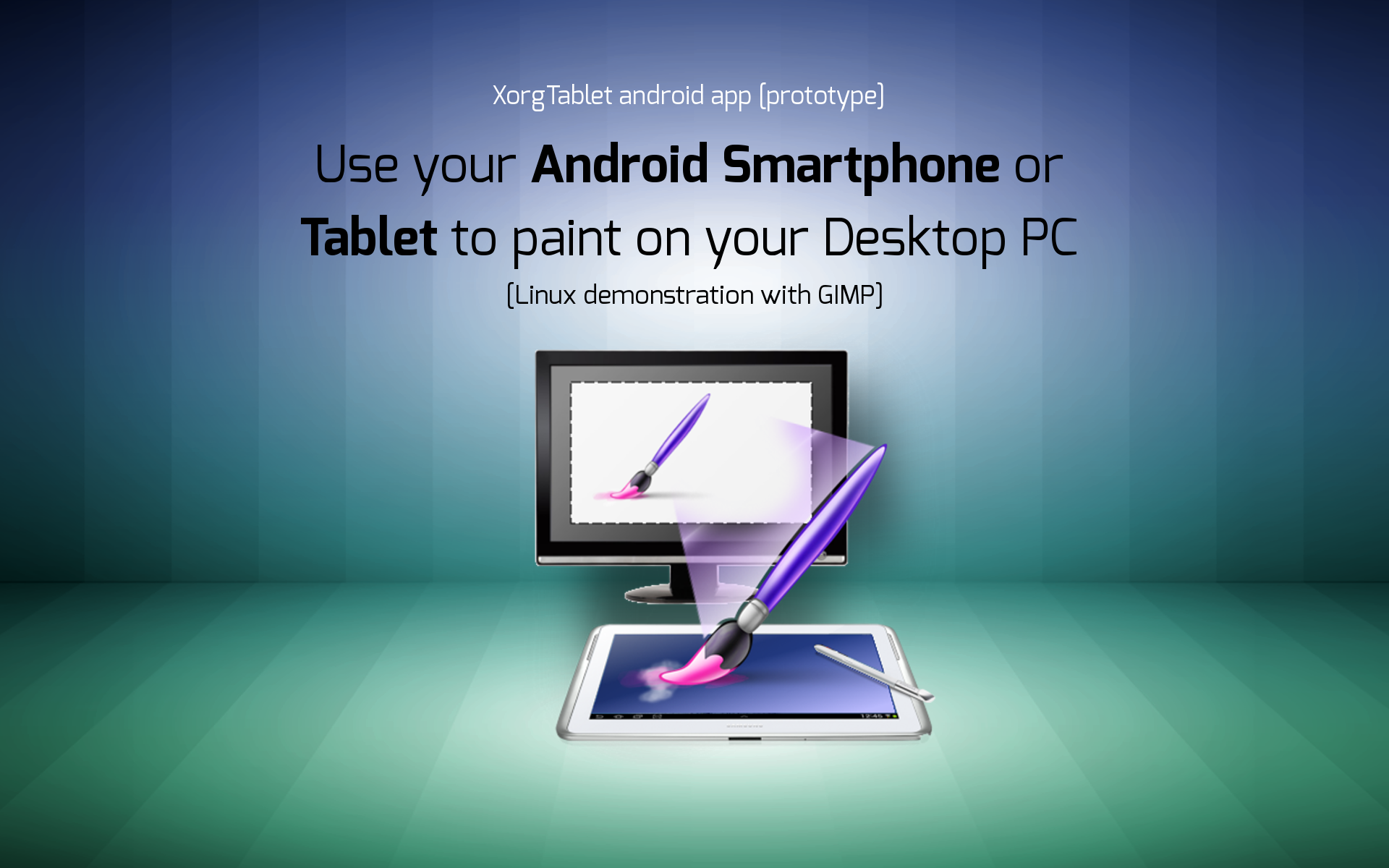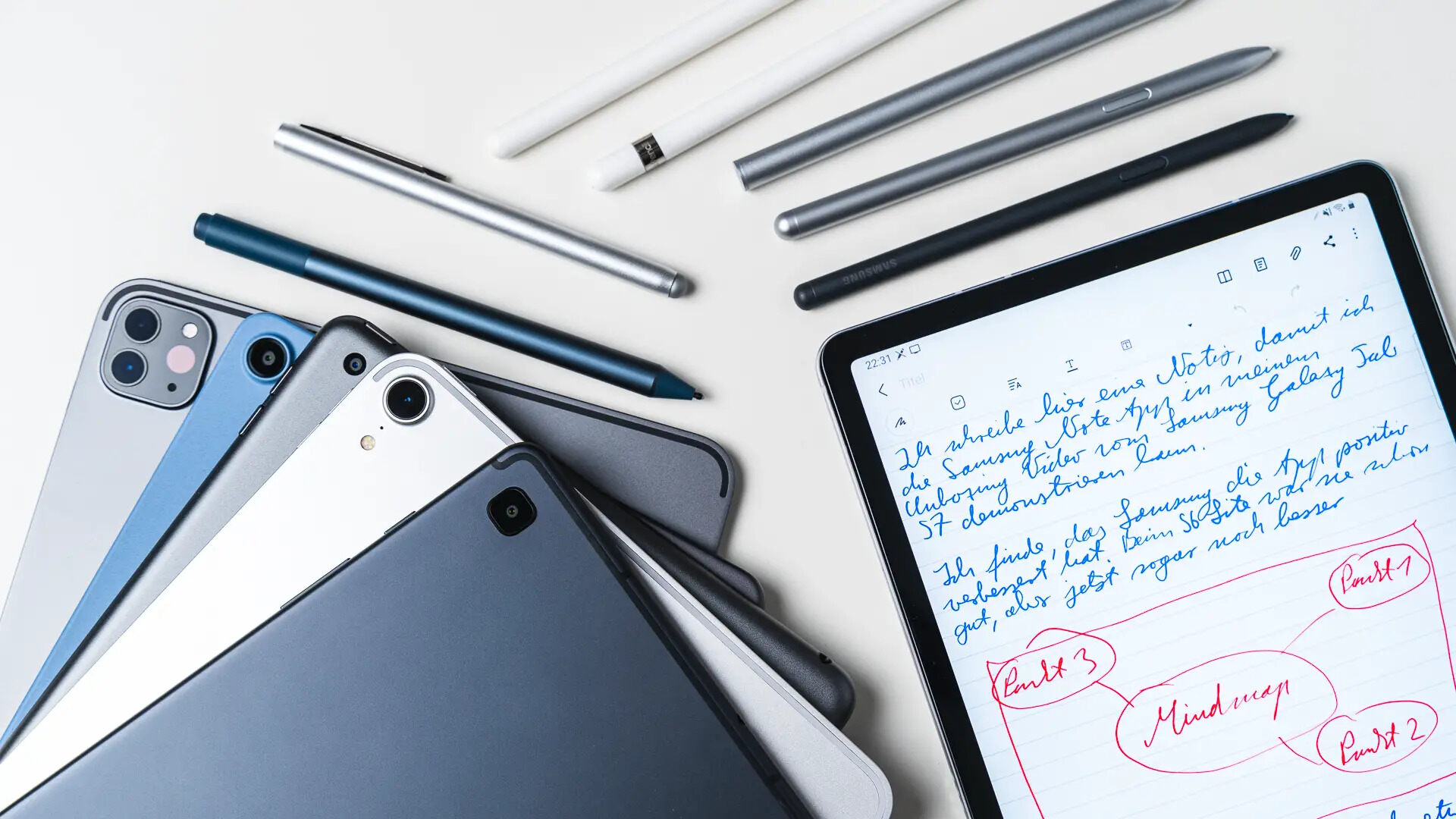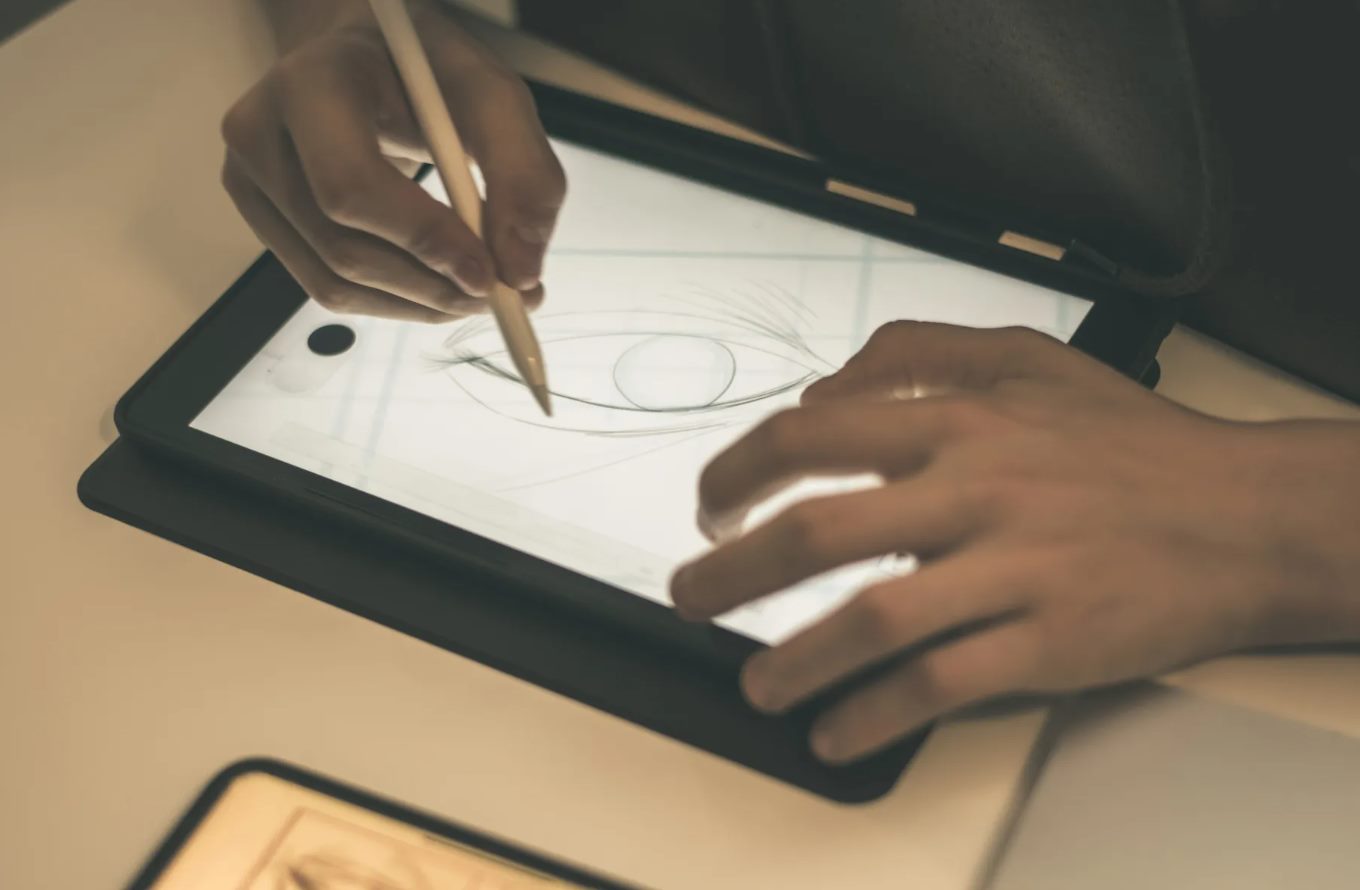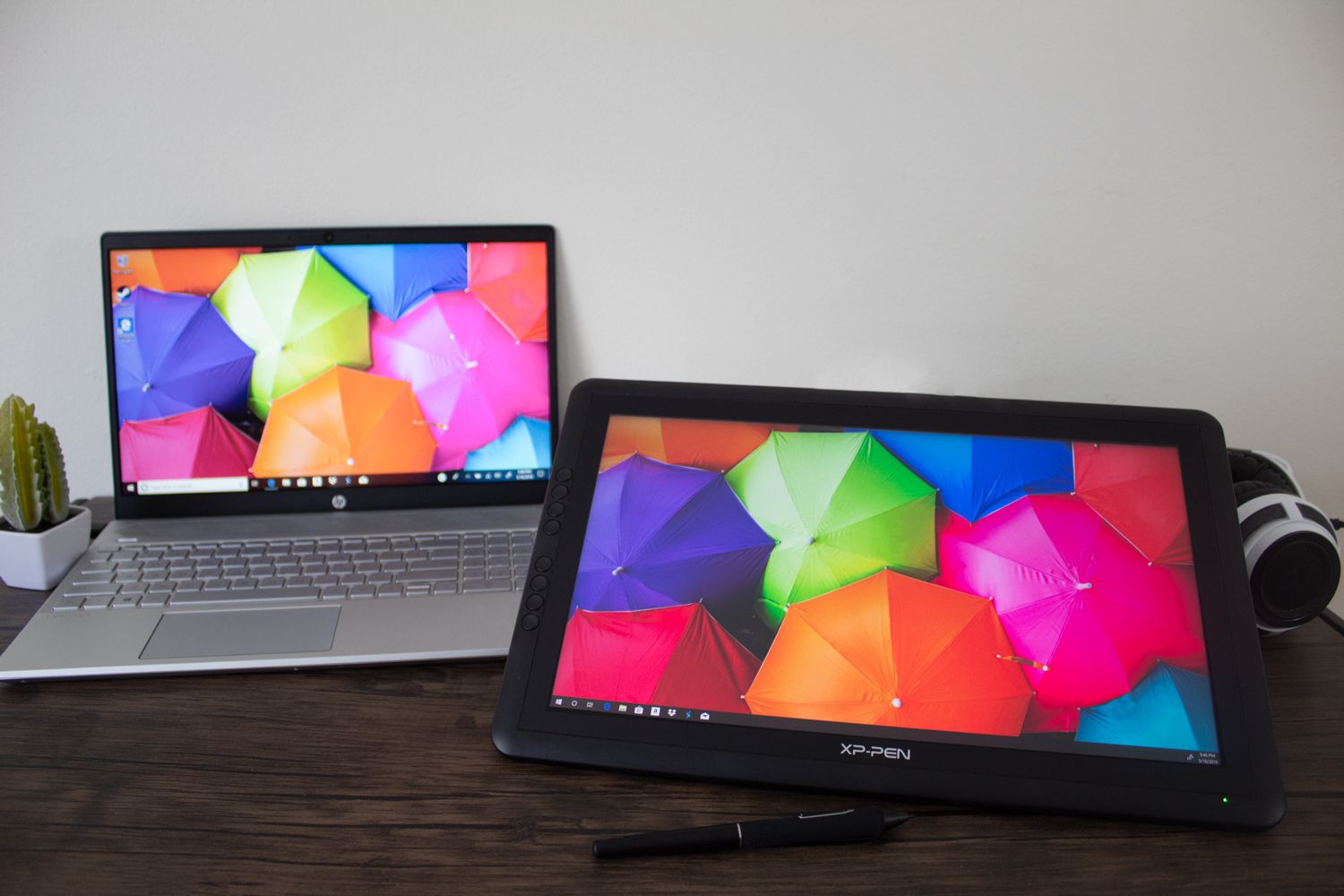Choosing the Right Drawing Tablet
When it comes to using a tablet as a drawing tablet for your PC, selecting the right device is crucial. With so many options available in the market, it can be overwhelming to make a decision. Here are some factors to consider when choosing the perfect drawing tablet:
- Compatibility: Ensure that the tablet you choose is compatible with your PC operating system. Most tablets support Windows and macOS, but it’s always wise to double-check before making a purchase.
- Size: The size of the tablet is an important consideration. If you prefer to work on a larger canvas, opt for a tablet with a larger screen. However, keep in mind that bigger tablets can be less portable.
- Pressure Sensitivity: Look for a tablet that offers good pressure sensitivity. This feature allows you to control the thickness of your strokes based on how hard or lightly you press the pen on the tablet’s surface.
- Resolution: Higher resolution tablets provide better accuracy and more detail in your artwork. Look for a tablet with a high-resolution display to ensure a smooth and precise drawing experience.
- Connectivity: Consider the connectivity options that the tablet offers. Some tablets connect via USB, while others may have wireless capabilities. Choose one that suits your preferences and workflow.
- Additional Features: Some drawing tablets come with built-in shortcut buttons, touchpads, or even a tilt function that mimics the natural tilt of a traditional drawing tool. These additional features can enhance your creative process.
Take the time to research and read reviews on different drawing tablets before making a purchase. Consider your budget and specific needs as an artist. Remember, finding the right drawing tablet is the first step towards unleashing your creativity and enjoying a seamless drawing experience on your PC.
Installing the Required Drivers
After selecting the perfect drawing tablet for your PC, the next step is to install the necessary drivers. These drivers allow your computer to recognize and communicate with the tablet, enabling you to use it as a drawing device. Follow these steps to install the drivers:
- Check the tablet manufacturer’s website: Visit the official website of the tablet manufacturer and navigate to the “Support” or “Downloads” section. Look for the drivers specific to your tablet model and operating system.
- Download the drivers: Download the appropriate driver files for your tablet and operating system. Save the driver files to a location on your computer where you can easily access them.
- Run the installer: Locate the downloaded driver file and double-click to run the installer. Follow the installation wizard’s instructions to complete the installation process. Make sure to accept any license agreements and prompts that appear.
- Connect the tablet to your PC: Connect the drawing tablet to your PC using the provided USB cable or wireless connection. Wait for your computer to detect the tablet.
- Restart your PC: Once the drivers are installed, it is recommended to restart your computer. This ensures that the driver changes take effect and your tablet is fully recognized by your PC.
It’s important to keep your tablet drivers up to date to ensure optimal performance. Check the manufacturer’s website regularly for any driver updates and install them as needed. Having the latest drivers will ensure compatibility with new software and help fix any bugs or issues that may arise.
Connecting Your Tablet to Your PC
Once you have installed the required drivers for your drawing tablet, the next step is to connect it to your PC. Follow these steps to successfully establish a connection:
- Choose the appropriate connection method: Depending on your tablet model, you may have the option to connect it to your PC via a USB cable or wirelessly through Bluetooth or Wi-Fi. Consult the tablet’s user manual or manufacturer’s instructions to determine the connection method that applies to your device.
- Connect via USB cable: If your tablet uses a USB cable, connect one end to the tablet and the other end to an available USB port on your PC. Ensure that the cable is securely connected.
- Set up wireless connection: If your tablet supports wireless connectivity, enable the Bluetooth or Wi-Fi function on both your tablet and PC. Follow the manufacturer’s instructions to pair the devices. Once the devices are paired, they should connect automatically whenever they are within range of each other.
- Check connection status: After connecting your tablet to your PC, check the connection status. You can typically find this information in the tablet’s settings or control panel. Ensure that the tablet is recognized by your PC and is listed as a connected device.
If you encounter any issues while connecting your drawing tablet to your PC, refer to the tablet’s user manual or contact technical support for assistance. It’s important to have a stable and reliable connection to ensure smooth and uninterrupted drawing sessions.
Setting Up the Tablet for Drawing
After successfully connecting your drawing tablet to your PC, it’s time to set up the tablet for optimal drawing performance. Follow these steps to ensure your tablet is ready for your creative endeavors:
- Adjust Pen Sensitivity: Most drawing tablets allow you to adjust the pen sensitivity according to your preference. Use the tablet’s settings or control panel to customize the pressure sensitivity levels. Experiment with different settings to find the one that feels most comfortable and responsive for your drawing style.
- Calibrate the Tablet: Calibrating the tablet ensures accurate cursor movement on the screen when you use the pen. Refer to your tablet’s user manual or settings to find the calibration option. Follow the instructions to calibrate the tablet, which usually involves tapping specific points on the screen.
- Position the Tablet: Find a comfortable position for your drawing tablet. Make sure it is placed at a height and angle that allows you to maintain a natural drawing posture. You may need to use a tablet stand or prop it up with books to achieve the desired position.
- Set Up Workspace: Arrange your workspace to optimize your drawing experience. Clear any clutter and make sure you have enough space to freely move the pen without any obstructions. Consider using a graphics tablet glove to reduce friction and improve the glide of your hand on the tablet’s surface.
- Install Drawing Software: To unleash the full potential of your drawing tablet, install drawing software on your PC. There are various options to choose from, such as Adobe Photoshop, Corel Painter, or GIMP. Select a software that suits your needs and offers the features you require for your artistic endeavors.
By following these steps, you will have your drawing tablet set up and ready for creating amazing artwork on your PC. Remember to regularly check for software updates and firmware updates for your tablet to ensure compatibility and access the latest features and enhancements.
Customizing Tablet Settings
To get the most out of your drawing tablet, it’s important to customize the settings according to your preferences and workflow. Fortunately, most drawing tablets offer a range of customization options. Here are a few settings you can customize to enhance your drawing experience:
- Shortcut Buttons: Many drawing tablets feature programmable shortcut buttons. These buttons can be assigned to frequently used commands or functions in your drawing software. Customize the shortcut buttons to streamline your workflow and reduce the need to constantly switch between your tablet and keyboard.
- Pen Buttons: The pen that comes with your drawing tablet often has buttons that can be programmed with custom functions. Common functions include right-click, eraser, and brush size adjustment. Assign functions that you frequently use to the pen buttons for quick and easy access while drawing.
- Pressure Sensitivity: As mentioned earlier, adjusting the pressure sensitivity settings allows you to control the thickness and opacity of your strokes based on how hard or lightly you press the pen on the tablet’s surface. Experiment with different sensitivity levels to find the one that suits your drawing style.
- Screen Mapping: If your drawing tablet has a larger active drawing area than your PC screen, you can customize the screen mapping settings. This allows you to choose which portion of the tablet’s surface corresponds to your PC screen, ensuring that your strokes accurately align with what you see on the screen.
- Express Keys: Some tablets come with express keys located on the tablet itself. These keys can be programmed to perform various functions such as zooming, panning, or changing brush settings. Customize the express keys to suit your workflow and to have quick access to frequently used commands.
Remember to consult the user manual that comes with your tablet to learn about specific settings and customization options. Take the time to experiment with different settings and explore the features offered by your drawing tablet. Customizing the tablet settings according to your preferences will enhance your workflow, save time, and allow for a more intuitive and enjoyable drawing experience.
Using Your Tablet with Drawing Software
Now that your drawing tablet is set up and customized, it’s time to dive into the world of drawing software. Here are some tips for using your tablet with drawing software to create stunning digital artwork:
- Brush Selection: Drawing software offers a wide range of brushes and tools. Experiment with different brush types to find the ones that suit your style. Adjust the brush settings such as size, opacity, and flow to achieve the desired effects in your artwork.
- Pressure Sensitivity: Take full advantage of the pressure sensitivity of your drawing tablet. Vary the pressure applied with your pen to create strokes with different thicknesses and opacities. This will give your artwork a more natural and dynamic look.
- Layer Management: Make use of layers in your drawing software to separate different elements of your artwork. This allows you to easily edit and manipulate individual components without affecting the rest of the image. Additionally, layers help in creating depth and adding effects to your artwork.
- Use Shortcuts: Familiarize yourself with the keyboard shortcuts available in your drawing software. These shortcuts enable you to perform tasks quickly and efficiently, saving you time and improving your workflow. Assigning shortcuts to the customizable buttons on your tablet can further enhance your productivity.
- Zooming and Panning: When working on intricate details, use the zoom and pan functions to get a closer view of your artwork. These functions allow you to navigate smoothly across the canvas and focus on the specific areas you’re working on.
Remember, practice is key when it comes to using your tablet with drawing software. Experiment with different techniques and workflows to find what works best for you. Don’t be afraid to explore tutorials and online resources to expand your knowledge and improve your artistic skills with digital drawing.
Tips and Techniques for Drawing with Your Tablet
Drawing with a tablet can be a unique and rewarding experience. To make the most of your digital drawing journey, here are some tips and techniques to keep in mind:
- Practice Hand-eye Coordination: Drawing on a tablet requires hand-eye coordination, as you are not directly drawing on the screen like with traditional mediums. Practice connecting your hand movements with the cursor movements on the screen to develop your coordination and precision.
- Use Gesture and Flow: Embrace the fluidity that digital drawing offers. Use long, sweeping strokes to create flowing lines and gestures. Experiment with different brush settings and pressure levels to add depth and variation to your artwork.
- Explore Textures and Brushes: Digital drawing software provides a vast array of brushes and textures. Experiment with different brush presets to create various textures and effects in your artwork. Combine different brushes to achieve unique and interesting results.
- Study Lighting and Shadows: Understanding lighting and shadows is crucial for creating realistic digital artwork. Study and observe how light interacts with different objects and surfaces. Experiment with shading techniques to add depth and dimension to your drawings.
- Try Different Layers: Utilize layers to your advantage. Separate elements of your artwork onto different layers to have more control over adjustments and edits. You can easily change the opacity or blend modes of individual layers to achieve desired effects.
- Utilize Reference Images: Use reference images to improve the accuracy and quality of your artwork. Whether it’s a photo or a still life setup, references help you understand proportions, shapes, and details. Use them as a guide while maintaining your unique artistic style.
- Experiment with Color Theory: Digital drawing allows you to explore a wide range of colors. Learn about color theory and experiment with different color combinations. Use palette tools in your drawing software to create harmonious color schemes that evoke the desired mood in your artwork.
- Regularly Save Your Work: Save your progress frequently to avoid losing your work due to unexpected computer crashes or software glitches. It’s advisable to save different versions of your artwork as you go along, so you can easily go back and make changes if needed.
Remember, digital drawing is a journey of exploration and creativity. Be patient with yourself and embrace the learning process. With regular practice and experimentation, you will develop your own unique style and create stunning digital artwork with your drawing tablet.
Troubleshooting Common Issues
Although drawing tablets provide a seamless and intuitive drawing experience, you may occasionally encounter some common issues. Here are a few troubleshooting tips to help resolve them:
- Driver Issues: If your tablet is not recognized by your PC or is not functioning properly, ensure that you have installed the correct drivers for your tablet model and operating system. Check the manufacturer’s website for the latest driver updates and install them if necessary.
- Connection Problems: If you are experiencing connectivity issues with your tablet, ensure that all cables are securely connected. Try using a different USB port or restarting your PC. If using a wireless connection, make sure the tablet and PC are within range and that Bluetooth or Wi-Fi is enabled.
- Pen Sensitivity Problems: If your pen sensitivity is not working as expected, double-check the settings in your drawing software and tablet control panel. Ensure that the pen sensitivity is properly calibrated. You may also try reinstalling the tablet drivers.
- Lag or Delay: If you notice a lag or delay between your stroke and the appearance of the stroke on the screen, try closing any resource-intensive programs running in the background. Adjusting the tablet’s sample rate or buffer size settings may also help reduce lag.
- Pressure Sensitivity Inconsistencies: Some drawing software may not fully support or recognize the pressure sensitivity of your tablet. Make sure you have the latest version of the software installed and check for updates. If the issue persists, contact the software developer for further assistance.
- Hardware Malfunction: In rare cases, hardware malfunctions may occur with the tablet itself. If you suspect a hardware issue, contact the manufacturer’s technical support for guidance. They may be able to provide troubleshooting steps or arrange for a repair or replacement if necessary.
If you continue to experience issues with your drawing tablet, consult the manufacturer’s support resources or reach out to their customer support directly. They will be best equipped to provide specific troubleshooting steps and assistance based on your tablet model and situation.
Conclusion
Using a tablet as a drawing tablet for your PC opens up a world of possibilities for digital artists. With the right tablet, customized settings, and drawing software, you can unleash your creativity and create stunning digital artwork. Remember to carefully choose a tablet that suits your needs and preferences, considering factors such as compatibility, size, pressure sensitivity, and additional features.
Installing the necessary drivers and establishing a proper connection between your tablet and PC is crucial for a seamless drawing experience. Take the time to calibrate the tablet, adjust pen sensitivity, and set up your workspace for optimal comfort and productivity. Customizing tablet settings, such as shortcut buttons, pressure sensitivity, and screen mapping, further enhances your workflow.
When using your tablet with drawing software, explore various brushes, layers, and techniques to bring your artistic visions to life. Practice hand-eye coordination, study lighting and shadows, and experiment with color theory to create engaging and dynamic artwork. Take advantage of the vast resources available online, such as reference images and tutorials, to continuously improve your skills.
In case you encounter issues, troubleshoot the common problems by checking drivers, connections, and calibration settings. Make sure to keep your tablet and software up to date to benefit from the latest features and enhancements.
By following these tips and techniques, you’ll be able to harness the full potential of your drawing tablet and create exceptional digital artwork. Embrace the journey of digital drawing and let your imagination soar.









